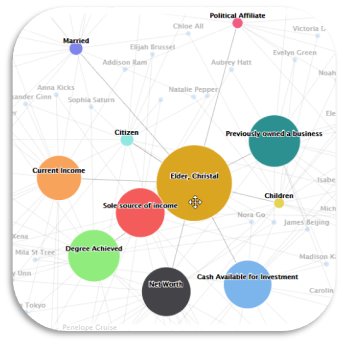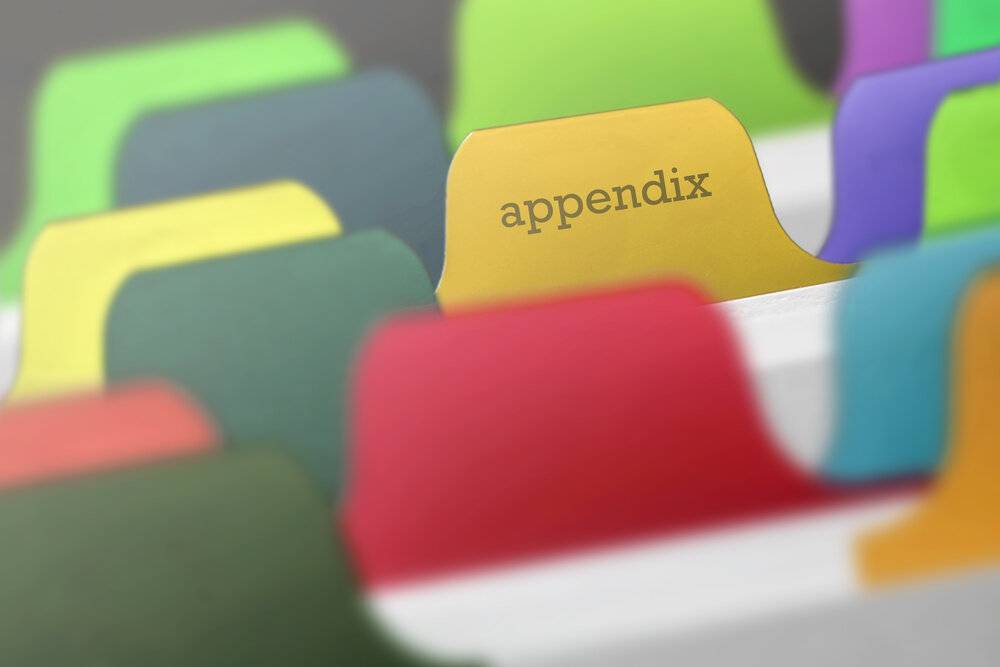A construction timeline is an integral document every project manager should use. It is a detailed map that defines the course of a project. Anybody can create it, but coming up with a timeline that actually works is the main concern. It’s not as easy as it seems.
Why is it so difficult? Crafting an effective project schedule is not just about adding dates and names. You need to collect as many details as possible in advance. That way, you won’t forget what needs to be done at any given time. The success of a construction process depends on this timeline. With an accurate line-up of events, everything is more likely to run smoothly.
Essential Aspects of a Construction Timeline
A project manager (PM) shouldn’t embark on a building process before knowing what makes up a construction timeline. Your ability to plan is key to the success of a construction contract. Projects differ significantly but they have 3 common elements:
-
The overall duration
-
Number of tasks
-
Deadlines for specific tasks
The elements can bring forth many details as sub-tasks emerge. Duration and deadlines can change over time due to inevitable delays. In essence, a construction timeline keeps on evolving. Don’t worry if things don’t go as planned.

Here’s everything you need to build a viable schedule.
1) Scope Statement
Scope outline is a declaration of what you ultimately intend to deliver. This should be the first step and is not always easy. The main agenda of a scope statement is to justify the needs and purpose of the proposed project. You must prove how you and your team will get there. What better way to show this than a construction scheduling software? It is both professional and time-saving.
2) A Breakdown of the Deliverables
After carefully defining the scope statement, break out the deliverables. These are not the exact tasks to be carried out, but bigger chunks of the program. It is also known as the”work breakdown structure”, or”scope baseline”. Later, you will need to break down the deliverables into job packages and tasks.
3) Sub-Deliverables
The larger chunks should fall into smaller tasks. A punch list is an example of a to-do list that is more specific. Delineating tasks helps to close the gap between the timeline and the overall goals. Sub-deliveries give ideas of what must be done to reach the apex. Link similar tasks across the job packages so you can determine the dependencies.
4) The Dependencies
A dependency is an activity that cannot start before another job ends. It relies on the completion of other tasks. You have to schedule the dependencies properly. Otherwise, they can adversely affect the construction timeline.
There are many benefits of construction management software. Among them is sorting out the intertwined tasks with dependencies. The software is a handy tool for organizing complex projects. It takes away the headache involved in building an intricate schedule.
5) Milestones
You will want to track the progress of the project from time to time. Setting the standards early on goes a long way. Apart from construction photo documentation, milestones can help you see where your team is slipping. Milestones and metrics measure the success and allow you to stay on track. You can adjust the performance as needed.
Ready to Make a Construction Timeline?
A lot of calculations are involved in timeline building. Reliable software does the work for you in an automated fashion. To have the construction roadmap ready, use technology to your best advantage. No need to guess where you are heading. Be an informed project manager.













